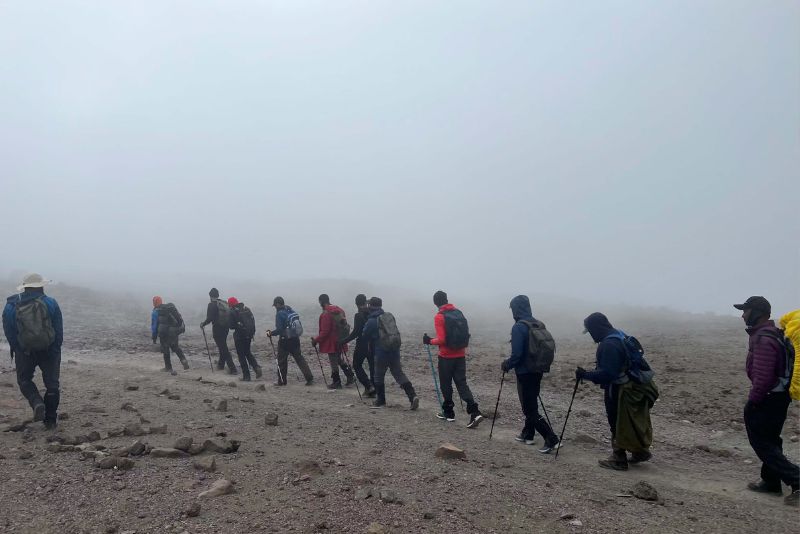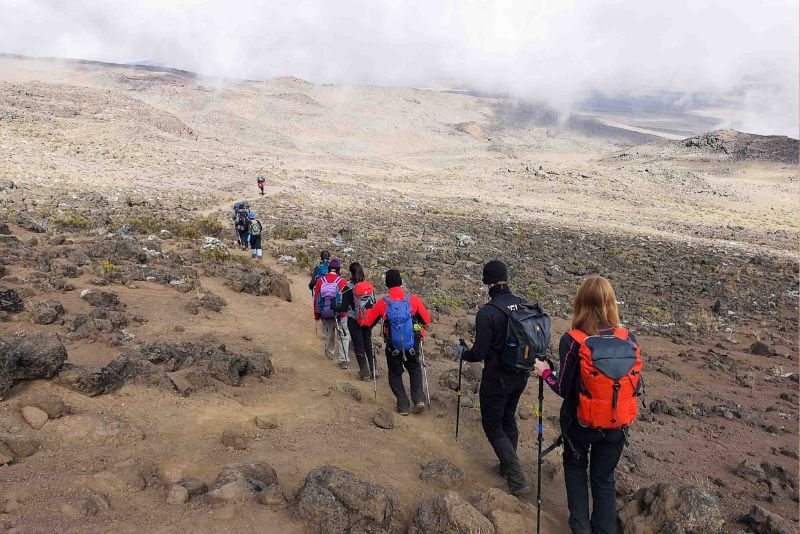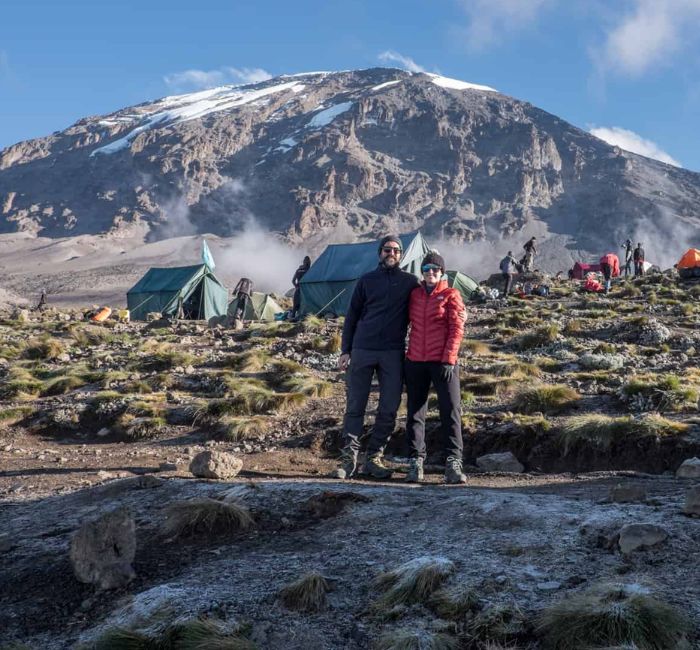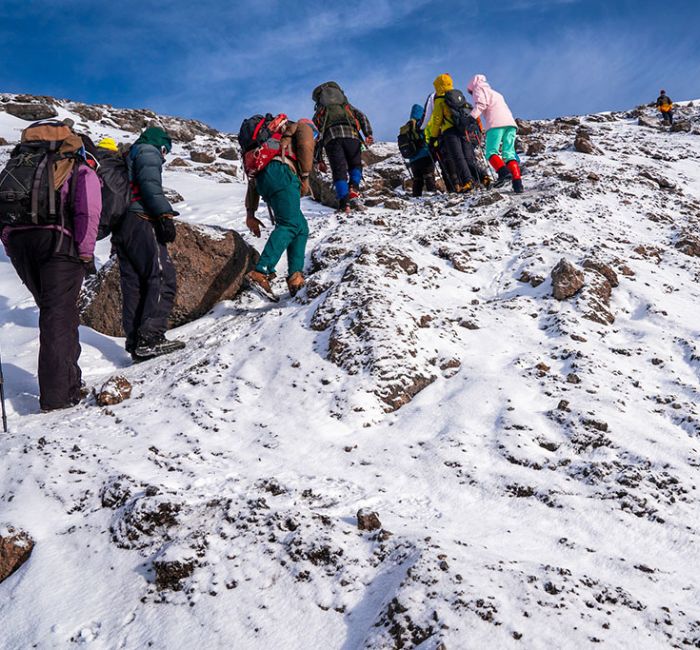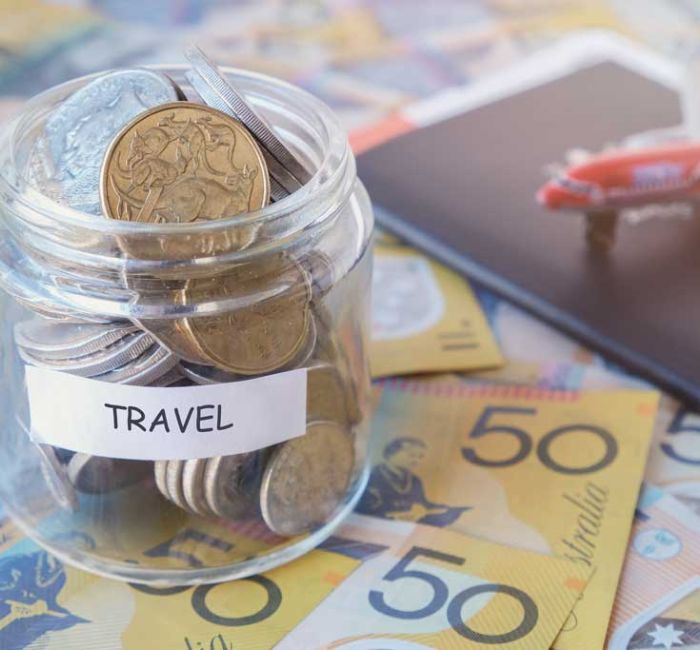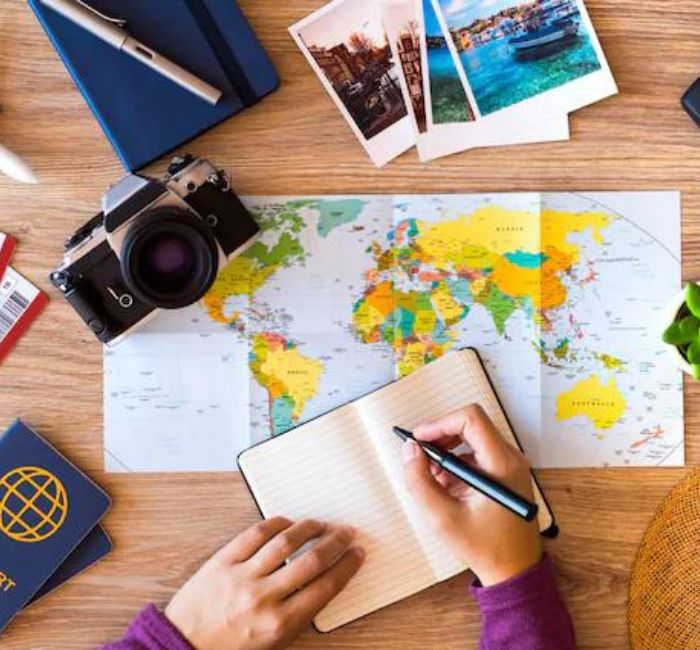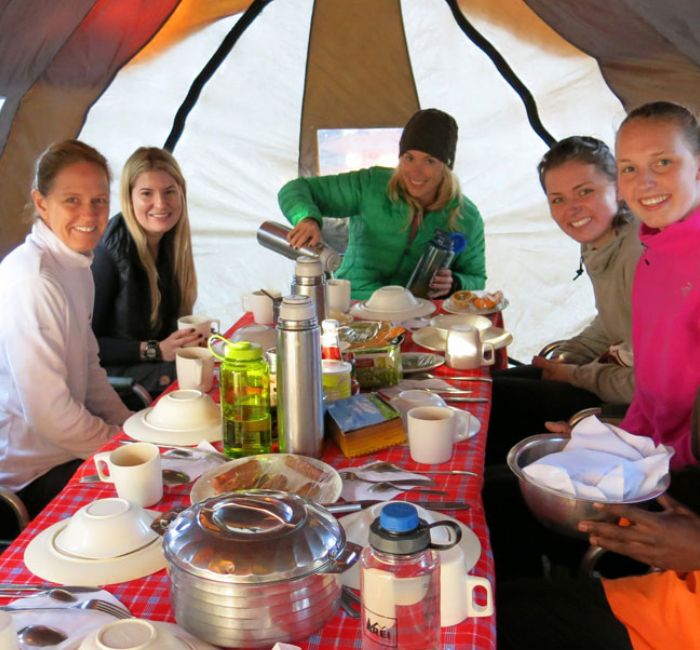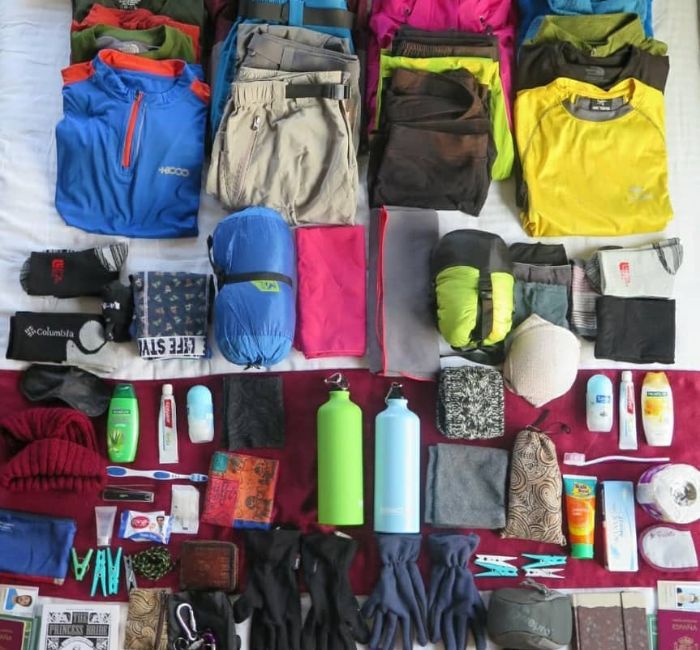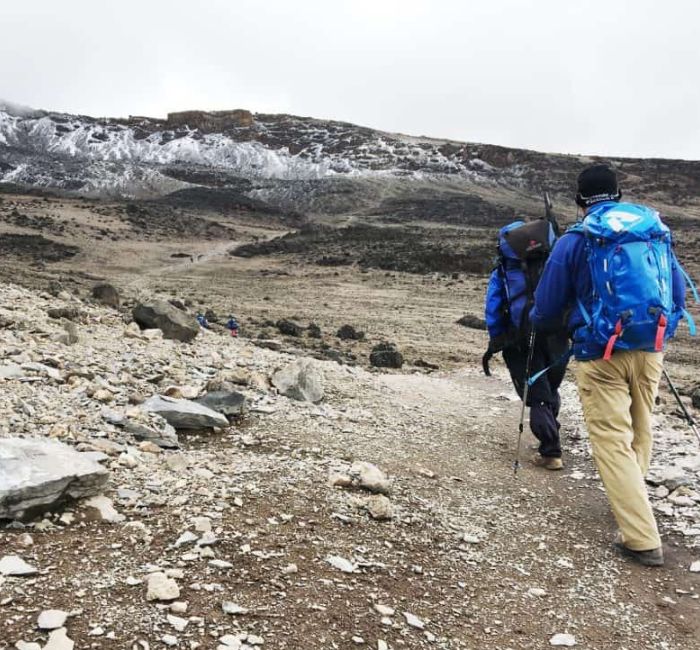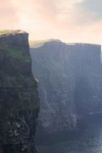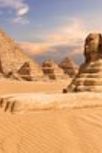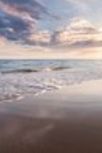Kilimanjaro FAQs
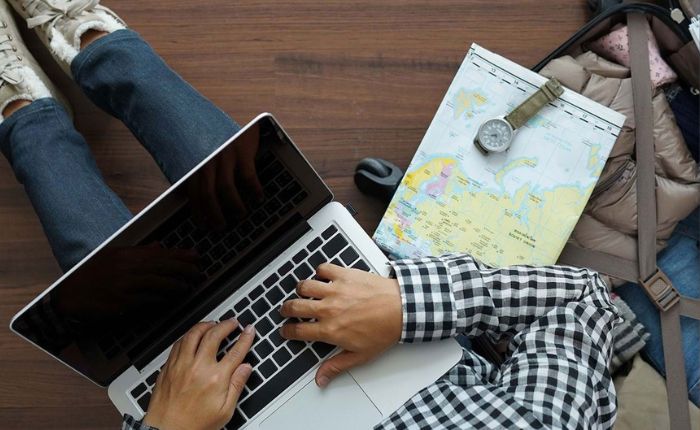
Kilimanjaro FAQs
Where is Mount Kilimanjaro located?
Mount Kilimanjaro is located in northeastern Tanzania, near the border with Kenya. It is within Kilimanjaro National Park.
How tall is Mount Kilimanjaro?
Mount Kilimanjaro is the highest mountain in Africa, with its summit reaching 5,895 meters (19,341 feet) above sea level.
Is climbing Mount Kilimanjaro difficult?
Climbing Mount Kilimanjaro can be challenging, especially due to the high altitude. However, it does not require technical climbing skills or equipment. With proper preparation, training, and the assistance of experienced guides, many people with average fitness levels can successfully reach the summit.
How long does it take to climb Mount Kilimanjaro?
The duration of a Kilimanjaro climb can vary depending on the route chosen. On average, most climbers take about 6 to 8 days to complete the trek. This duration allows for proper acclimatization to the altitude, increasing the chances of a successful summit.
What are the main routes for climbing Mount Kilimanjaro?
There are several routes to climb Mount Kilimanjaro, each with its own characteristics and scenery. The most popular routes include the Marangu Route (also known as the "Coca-Cola Route"), Machame Route, Lemosho Route, and Rongai Route.
Do I need a permit to climb Mount Kilimanjaro?
Yes, you need a permit to climb Mount Kilimanjaro. The permits are obtained through licensed tour operators who organize Kilimanjaro treks. They will handle the necessary paperwork and logistics for your climb.
What is the best time to climb Mount Kilimanjaro?
The best time to climb Mount Kilimanjaro is during the dry seasons, which are from January to mid-March and from June to October. These months generally have clearer skies and less rainfall, providing better climbing conditions. However, it's essential to be prepared for various weather conditions as mountain weather can be unpredictable.
Do I need to hire a guide and porters for my Kilimanjaro climb?
Yes, it is mandatory to hire a licensed guide for your Kilimanjaro climb. They will ensure your safety, provide guidance, and assist with logistics. Hiring porters is also common, as they can carry equipment and supplies, allowing climbers to focus on the trek.
What should I pack for a Kilimanjaro climb?
Packing essentials for a Kilimanjaro climb include appropriate clothing for various weather conditions (including layers), sturdy hiking boots, a good sleeping bag, a daypack, trekking poles, toiletries, and other personal items. It's crucial to pack light but adequately prepare for the mountain's challenges.
Is it safe to climb Mount Kilimanjaro?
With proper preparation, experienced guides, and adherence to safety guidelines, climbing Mount Kilimanjaro can be a safe adventure. However, it's essential to be aware of the risks associated with high altitude and follow the instructions of your guides to minimize any potential hazards.
Is altitude sickness a concern on Mount Kilimanjaro?
Altitude sickness, also known as acute mountain sickness (AMS), is a potential concern when climbing Mount Kilimanjaro due to the rapid gain in altitude. Symptoms can include headache, nausea, dizziness, and fatigue. Taking a gradual ascent, allowing time for acclimatization, and listening to your guides' instructions can help minimize the risk.
Can I climb Mount Kilimanjaro without prior climbing experience?
Yes, you can climb Mount Kilimanjaro without prior climbing experience. The routes are technically non-technical, meaning they do not require specialized climbing skills. However, it is recommended to have a good level of physical fitness and endurance, as the climb can be physically demanding.
Are there age restrictions for climbing Mount Kilimanjaro?
There is no official age restriction for climbing Mount Kilimanjaro, but it is generally recommended for individuals over the age of 10. Older adults should consult with their healthcare provider to assess their fitness and suitability for the climb.
What are the accommodation options during the Kilimanjaro climb?
Accommodation on Mount Kilimanjaro is typically in mountain huts or tents, depending on the chosen route. The Marangu Route has basic huts with bunk beds, while other routes involve camping in tents. The tour operator will provide the necessary accommodation arrangements.
How cold is it on Mount Kilimanjaro?
Temperatures on Mount Kilimanjaro can vary significantly. At lower elevations, temperatures can be relatively mild during the day, ranging from 10°C to 25°C (50°F to 77°F). However, at higher altitudes and especially during the night, temperatures can drop well below freezing, with temperatures as low as -15°C to -25°C (5°F to -13°F) at the summit.
Can I climb Mount Kilimanjaro year-round?
Technically, Mount Kilimanjaro can be climbed throughout the year. However, it's important to note that the mountain experiences rainy seasons, which can make the trails slippery and increase the risk of avalanches or landslides. The dry seasons are generally considered the best time for climbing, as mentioned earlier.
What permits or fees are required to climb Mount Kilimanjaro?
In addition to the climbing permit, which is obtained through a licensed tour operator, there are other fees involved. These include park entrance fees, camping fees, rescue fees, and conservation fees. The tour operator will typically include these fees in their package price.
Can I see wildlife while climbing Mount Kilimanjaro?
Mount Kilimanjaro is located within Kilimanjaro National Park, which is home to a variety of wildlife. While climbing, you may encounter animals such as monkeys, birds, and small mammals. However, it's important to note that the focus of the climb is on reaching the summit, and wildlife sightings are not guaranteed.
Gallery
